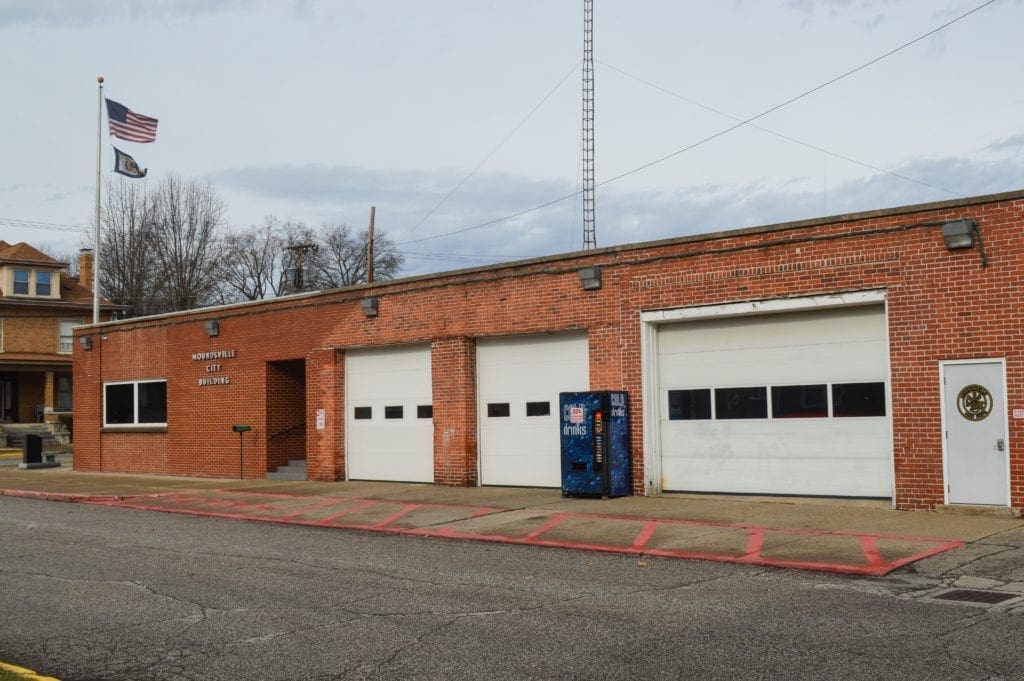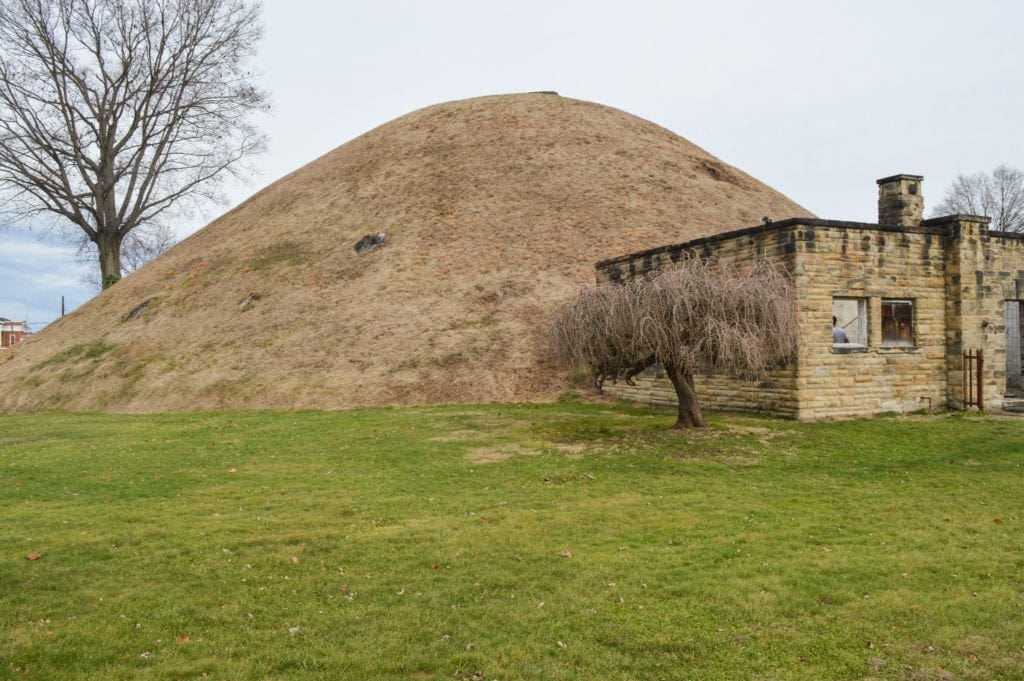It must feel like sitting on a giant egg for council members and the mayor of Moundsville while they impatiently wait for what has been referred to as a probable hatching of an industrial reinvention of the Upper Ohio Valley.
The earthwork is underway on the 500 acres owned in Belmont County by PTT Global America, a $34 million project funded by JobsOhio, the economic arm of state government in Columbus. Negotiations with property owners in Dilles Bottom reportedly have been recently active, too.
But.
And it’s a big but. The proposed project was introduced by former Ohio Gov. John Kasich five years ago, and the Thailand-based company has delayed confirmation on three separate occasions since.
Those events, though, have not derailed many in Marshall County, including law enforcement leadership, members of the county commission, and leaders of the local trades with adopting confidence that President Donald Trump soon will pay a visit to assist with the big announcement during his re-election campaign. They believe, and want to believe, the largest-ever economic development project in the history of Ohio will take place a bridge crossing away from the city of Moundsville.

“Remember, too, that the people who live in Moundsville now had never experienced anything like what we have seen the last several years with the oil and gas industries, and the cracker plant will bring to the area something no one has ever seen here in the Upper Ohio Valley,” said Moundsville Councilwoman Sara Wood. “Traffic will definitely be a concern, but the flow has improved since the (Division of Highways) completed a couple of projects. The thing is, we saw a huge increase on our roads when those industries first arrived, so what can we expect that increase to look like once the construction of that cracker plants begins. That’s why we are looking to all the possible impacts.
“Plus, one thing the city police department has been struggling with is the new recruitment of new officers, and it seems that’s a big problem throughout this area,” Wood said. “But we have removed some of the old requirements from the testing that the chief and others felt were no longer necessary so we’re hoping that will help gain more people who are interested in law enforcement. We want our citizens to feel as if they are safe.”
Wood, the daughter of Moundville Mayor David Wood, has been hearing since elected many concerns from constituents who are fearful the quality of life in the city will diminish once an estimated 5,000 additional people are living in the area. The city of Moundsville has long been an industrial mecca with power plants and glass plants, but the potential involving the development of ancillary industry that usually follow petrochemical plants has peaked concern.
“We hear questions about what we are doing about this influx of new people who are inevitably going to have to live in our city, or very near it,” she said. “That’s why I hear about housing all of the time, and not only about how we’re going to accommodate all of these extra people, but also from people who are renting now and who are afraid the cost will go too high for their budget. That’s a big concern, and it should be.

“And people want new restaurants in Moundsville, so that’s been something that’s being worked on,” Wood said. “I just think our citizens are wondering what this is going to look like when those 5,000 additional people are here shopping in the grocery stores, eating at the restaurants, getting gas, and driving on the roads. It’s going to be different.”
At the beginning of the city’s fiscal year on July 1, 2019, Moundsville’s council members adopted a priority list that extends to June 30 of this year. Along with the preparation work concerning possible economic development, Wood insisted she and her colleague have retained residents in the plan.
“We established several goals, and we established nine of them, including the funding for the maintenance of the city’s infrastructure, and we want to expand recreational spaces and programs for people of all ages and to completely support the people who supply the services for our residents,” she said. “We are also looking at capital improvements, having an accountable city government, and engaging and communicating with our residents in better ways that what’s been tried before.
“Plus, we want to promote preservation and investment into our city’s business districts, and we have to be fiscally responsible for every one of the taxpayers’ dollars,” she continued. “We also want to make sure, environmentally, that our citizens are as active as possible with recycling and with also initiatives. We are also focused on the properties in our city, both commercial and residential, and working to come up with ways to assist and enforce the improvement to those properties.”

Because, Wood explained, the role of property value is one of only a few factors that determine the strength of a local economy.
“When there are vacant and dilapidated properties near a perfectly fine home that’s up for sale, the price is going to be impacted by the vacant ones. That’s how it works, and we want to look into that situation to see how we might be able to help everyone involved,” she said. “So far, we identified last year four properties that needed to come down and they came down, and then we placed a lien on the parcel. We have four or five designated for the next round of demolitions, so this plan is moving forward.
“We’re taking a hard stance when in comes to cleaning up Moundsville, and the reaction for the citizens has been, overall, very positive,” Wood added. “Some have said to me, ‘Finally! Finally, this is getting taken case of.’ And I don’t blame them because, when you think about it, in a vacant house there could be rodents, and those structures also are public safety concerns.”

